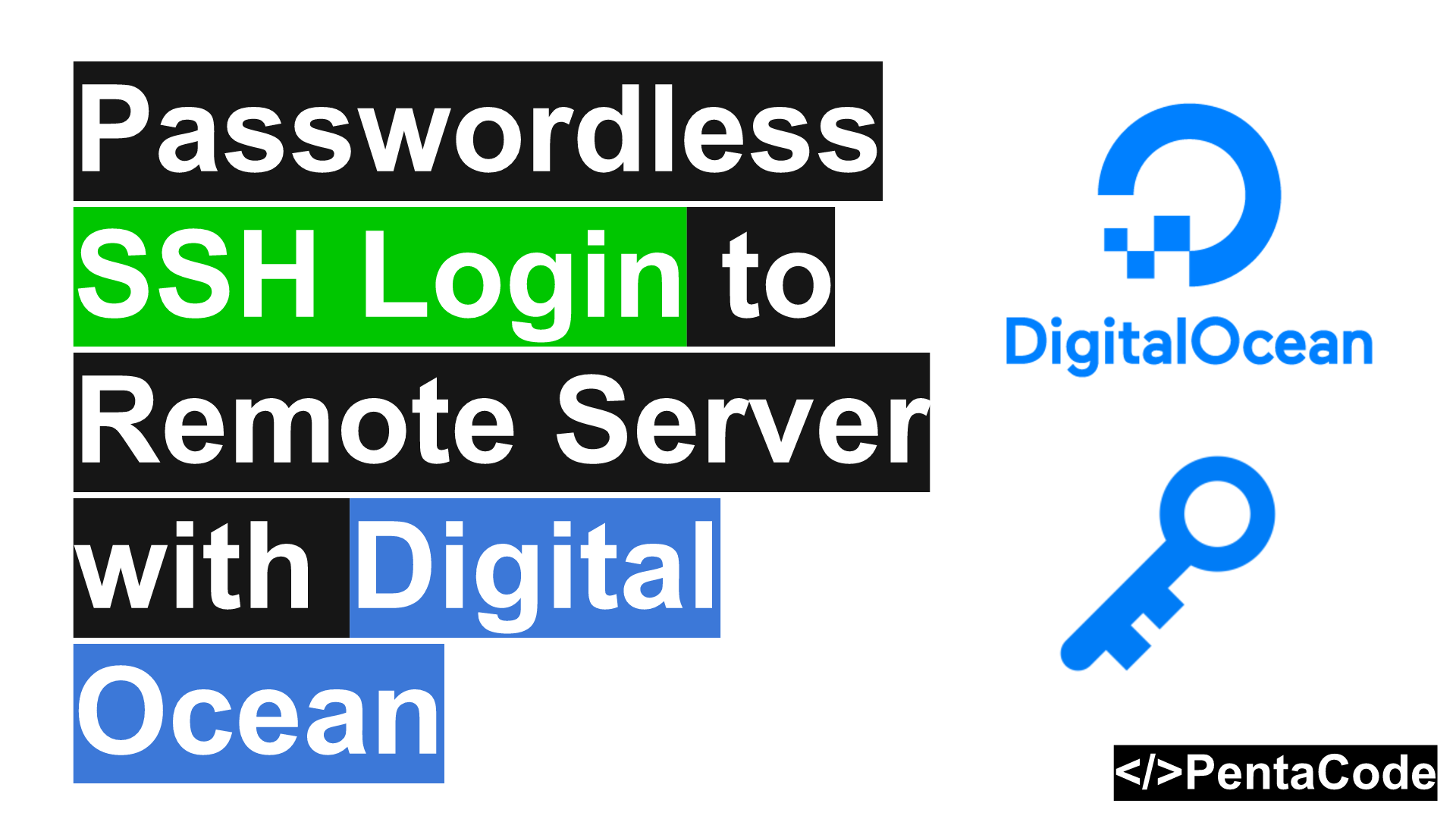Free & Easy: SSH IoT Device Access On Android!
Are you tired of being tethered to your devices, longing for the freedom to manage your IoT ecosystem from anywhere? The ability to remotely access and control your Internet of Things devices via Secure Shell (SSH) is not just a possibilityit's a readily available reality, and often, it's completely free!
The modern landscape of technology is awash in interconnected devices. From the smart thermostat regulating your home's temperature to the security cameras keeping watch over your property, IoT devices have become integral to our daily lives. But what happens when you're away from home, or need to make a quick adjustment from across town? That's where remote SSH access comes into play. SSH, or Secure Shell, provides a secure, encrypted channel for you to remotely access and manage your IoT devices over the internet. This means you can troubleshoot problems, update software, or even perform complex configurations from the comfort of your Android device, all without needing to be physically present.
The benefits of remote SSH access are multifold. Imagine the convenience of remotely rebooting a malfunctioning device, or the peace of mind knowing you can monitor its status from anywhere in the world. With the right setup, you can leverage the power of free Android applications to achieve this, turning your smartphone into a versatile control panel for your IoT devices. This guide delves into the practical steps and essential considerations for setting up and maintaining secure remote SSH access.
- Alice Rosenblum Onlyfans Photos Videos More Latest Updates
- Alyx Stars Age Life Everything You Need To Know
Before we delve into the technical aspects, let's consider the core advantages of employing remote SSH access for your IoT devices.
- Security: SSH provides a secure, encrypted connection, protecting your data from eavesdropping and unauthorized access.
- Accessibility: Manage your devices from anywhere with an internet connection.
- Control: Gain complete control over your devices, allowing you to troubleshoot, configure, and update them remotely.
- Cost-Effectiveness: Many excellent SSH clients for Android are available for free.
- Flexibility: Adapt your setup to suit a wide range of IoT devices and network configurations.
Here's a table summarizing the key aspects of implementing remote SSH access:
| Feature | Description |
|---|---|
| Technology | Secure Shell (SSH), a cryptographic network protocol. |
| Platform | Android mobile devices. |
| Purpose | Secure remote access and management of IoT devices. |
| Security | Encrypted connection, SSH keys for authentication. |
| Cost | Generally free, using free Android applications. |
| Benefits | Remote control, troubleshooting, software updates, and monitoring. |
| Prerequisites | Android device, SSH client (e.g., Termius, JuiceSSH), internet connection, and the IoT device accessible. |
| Implementation | Installation of an SSH client, configuration of SSH access on the IoT device, and potentially router configuration for port forwarding. |
| Reference | SSH.com provides details on SSH. |
The core of remote SSH access lies in the Secure Shell protocol, a robust and reliable means of connecting to your IoT devices. Unlike older protocols, SSH offers a secure, encrypted channel for communication, protecting your data from prying eyes. This level of security is essential when managing devices that could potentially contain sensitive information.
Several free Android applications provide the necessary tools for establishing and managing SSH connections. Termius and JuiceSSH are among the most popular choices. These applications offer intuitive interfaces, allowing you to quickly connect to your IoT devices and execute commands. They often include features such as SSH key management, port forwarding, and the ability to save connection profiles for easy access.
Setting up SSH access on your IoT device is typically the first step. This involves enabling the SSH server on the device, which often requires accessing the device's configuration interface. You'll then need to configure the SSH server, including setting up user accounts and passwords, and optionally setting up SSH keys for enhanced security. These keys work like digital signatures, ensuring only authorized users can connect to your devices. This is one of the most significant advantages of employing an SSH connection, providing a crucial layer of protection against unauthorized access.
For devices behind a router, port forwarding plays a critical role. This involves configuring your router to forward incoming SSH connections on a specific port (typically port 22) to the internal IP address of your IoT device. This allows you to connect to your device from outside your local network.
The process of configuring a router for port forwarding varies depending on the router model. Consult your router's documentation to identify its configuration interface. Within the interface, you'll need to find the port forwarding settings and enter the required information: the public port (the port you'll use to connect from outside your network), the internal IP address of your IoT device, and the internal port (typically port 22).
Here's a step-by-step guide:
- Choose and install an SSH client: Download and install a free SSH client like Termius or JuiceSSH from the Google Play Store.
- Configure SSH on your IoT device: Enable the SSH server and configure user accounts and passwords or set up SSH keys.
- Configure your router for port forwarding: Log in to your router's configuration interface and set up port forwarding to the internal IP address and port 22 of your IoT device.
- Connect from your Android device: Open the SSH client and enter the public IP address of your router, the port you specified (if not port 22), your username, and password or select the SSH key.
- Access the device: Once connected, you can access your IoT device's command-line interface and manage it remotely.
Another method gaining popularity is web SSH access. Web SSH clients, accessed through a web browser, offer a convenient alternative to traditional SSH clients. These tools eliminate the need for separate software installations, making them ideal for Android users who prefer lightweight and flexible solutions. With web SSH, you can access your IoT devices directly through a browser on your Android device.
WebSSH offers a convenient alternative to traditional SSH clients, allowing users to connect to IoT devices directly through a web browser. This eliminates the need for additional software installations, making it an ideal solution for Android users who prefer lightweight and flexible tools. Numerous web-based SSH clients are available, allowing you to access your IoT devices from any device with a web browser, including your Android phone or tablet.
Leveraging SSH on Android devices provides you with unparalleled control over your IoT ecosystems. You can monitor the status of your devices, perform software updates, and even remotely troubleshoot issues, ensuring your devices operate smoothly.
In the process of mastering remote SSH access, it's important to consider performance optimization and to troubleshoot potential problems.
- Performance: The speed of your connection can influence the responsiveness of your remote session. Consider using a stable internet connection and a reliable SSH client.
- Troubleshooting: Understanding and resolving common problems like connection timeouts, authentication failures, and port forwarding issues is essential.
Here are some things to keep in mind for a secure connection:
- Use strong passwords or SSH keys: Strong passwords or SSH keys are critical. Use long, complex passwords, or generate and use SSH keys for added security.
- Keep your software up-to-date: Regularly update your SSH client, the SSH server on your IoT devices, and your Android operating system.
- Monitor your devices: Keep an eye on your devices' logs to detect and respond to suspicious activity.
- Limit access: Only grant access to authorized users and devices.
- Configure firewalls: Use firewalls on your router and IoT devices to control incoming and outgoing traffic.
In the world of IoT, security is a critical concern. By taking the time to learn about and implement best practices for secure remote SSH access, you can ensure your devices are well-protected and your data remains confidential.
The ability to remotely access IoT devices is essential for personal and professional use. This guide aims to equip you with the knowledge and tools necessary to securely manage your IoT devices from anywhere in the world using a free Android device. By following these steps, you can unlock the full potential of your IoT devices and stay connected to them, no matter where you are.
The versatility of SSH extends beyond simple device management. You can also integrate SSH with other services and tools to create more complex and powerful solutions. For example, you can use SSH tunnels to securely forward traffic between your Android device and other devices on your network, which can be useful for accessing services that are not directly accessible over the internet.
By taking the initiative to set up secure remote access for your IoT devices, you not only improve your convenience and control, but you also contribute to a more secure and robust IoT ecosystem. The tools and techniques described in this guide, when applied correctly, offer a foundation for managing your devices remotely, ensuring their continuous operation and the protection of your valuable data.
Remote access via web SSH on Android is a powerful tool. By using the steps in this guide, you can transform your Android device into a secure control center for your IoT devices.



Detail Author:
- Name : Prof. Richard Nitzsche
- Username : junius16
- Email : ryan.bernhard@treutel.com
- Birthdate : 1982-02-22
- Address : 320 Macejkovic Avenue Port Kileystad, CO 03437
- Phone : (726) 259-6963
- Company : Schoen-Bahringer
- Job : Food Preparation Worker
- Bio : Hic hic eos culpa voluptatem non et. Dolor ab vel qui voluptates laudantium numquam. Iusto qui laborum voluptatem animi ipsum molestiae. Eum quidem eligendi id sit. Rem harum labore rerum velit quas.
Socials
instagram:
- url : https://instagram.com/ken.parker
- username : ken.parker
- bio : Amet repellat omnis quia dignissimos. Repellat maiores numquam culpa eius.
- followers : 5629
- following : 2741
twitter:
- url : https://twitter.com/kparker
- username : kparker
- bio : Totam iste molestiae dolorem voluptate. Accusamus assumenda necessitatibus hic non. Labore doloremque ea cumque. Omnis quis tempore aut.
- followers : 4935
- following : 2621
tiktok:
- url : https://tiktok.com/@parkerk
- username : parkerk
- bio : Porro et ut iste qui. Aspernatur sequi tenetur voluptas impedit officiis ea.
- followers : 675
- following : 1337
facebook:
- url : https://facebook.com/ken_dev
- username : ken_dev
- bio : Est aut neque voluptas et. Qui laudantium voluptate aut consequatur adipisci.
- followers : 3616
- following : 484
linkedin:
- url : https://linkedin.com/in/ken_parker
- username : ken_parker
- bio : Et odio deleniti libero enim.
- followers : 2235
- following : 2865